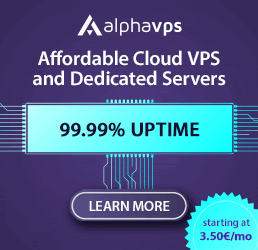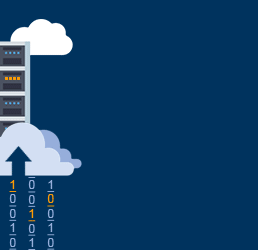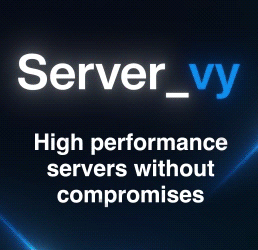All new Registrations are manually reviewed and approved, so a short delay after registration may occur before your account becomes active.
SSD or HDD ?
Hello everybody
Two days ago I Buy a server VPS
His node claims to be discs SSD , But after the purchase it turned out that it was not tablets SSD They are tablets HDD
But his node sticks to that disk SSD
I want your experience , Do tablets SSD or HDD ?

or see
[root@server ~]# cat /sys/block/sd*/queue/rotational
1
[root@server ~]# lsblk -o NAME,ROTA
NAME ROTA
sda 1
|-sda1 1
`-sda2 1
[root@server ~]# smartctl -a /dev/sda | grep 'Rotation Rate'
[root@server ~]# cat /proc/scsi/scsi
Attached devices:
Host: scsi0 Channel: 00 Id: 00 Lun: 00
Vendor: ATA Model: QEMU HARDDISK Rev: 3
Type: Direct-Access ANSI SCSI revision: 05
[root@server ~]# cat /sys/block/sda/queue/rotational
1
[root@server ~]#
I thank you who cares about it
















Comments
Which host is this?
QEMU is an emulated drive. You do not have direct access to the subsystem, and obviously are not very knowledgeable about how emulation works, despite knowing a bit of linux.
If you are complaining about speed, ask them to change it to 'virtio', and reinstall for that, as the disk and network will be faster.
I can not tell you because it's called defamation
Thank you
All I want to know is it SSD or HDD ?
Server it KVM
Do some thoroughput tests on it.
What is the test?
https://www.binarylane.com.au/support/solutions/articles/1000055889-how-to-benchmark-disk-i-o
Random read/write performance
Random read performance
Random write performance
Measuring latency with IOPing
Thanks for your interaction
Wait for an answer
TLDR
That looks like some slow/throttled SSD, much faster than a couple disk can do.
Summary
Disk performance has two major benchmarks we look at - io operations per second (IOPS) and throughput. DIsk latency can be considered a third metric some look at.
IOPS
Your benchmarks show
~2600 read/ ~2200 write IOPS. Spinny HDD's vary in performance from ~75 to ~125 IOPS per disk depending on type. Your performance is similar to 26 disks (all very simple math -- not completely accurate) in a RAID set, or more likely a throttled SSD.Thats not great performance. Our SSD arrays (RAID10 6 disk) will provide ~65k iops. An NVME host will run 100+ k/iops.
Throughput
Harder to assert throughput from Random IO. This usually isn't expected to be very high -- try a sequential test to see what the sequential IO is. Your likely being throttled here as well.
You're on a shared SSD.
If you reinstall after changing the disk device to VirtIO, it will be faster, but I can't give you any specific metrics.
You're gonna hit your niceness quota early this year!
Sobriety is a bitch.
As has already been pointed out, that's an emulated drive.
What is more important than anything, is how well managed the system is by your host.
If you are not happy with the performance, then change hosting companies.
Silly benchmarks are mostly pointless, especially in a variable and changing environment like a vps host node is.
@ramnet
So what? They're all loosers anyway. Real experience professionals only accept "hosted on an ipad [insert current version]".
Side note: Be sure to ask your provider for what graphics cards they use for the best KPTI experience!
Do you need to do a reinstall or does Shutdown and Boot suffice?
Depends on your distribution: some distros streamline the initramfs to only include kernel modules for the hardware that was detected at installation time, so your initramfs would be unable to access the drive with the root filesystem if it suddenly changes to a virtio device.
However, most distros default to including a set of common driver modules in the initramfs, or even have them included in the kennel binary (i.e. non-modular), in which case the switch to virtio wouldn't be an issue.
Also note that going from emulated hardware to virtio will change the naming of the drive (usually from
sdatovda). You shouldn't hardcode those names anyway, but if you did you'll be in trouble.My suggestion: just try the upgrade. If anything stops working, either boot a rescue system and fix things if you're knowledgeable enough with Linux, or hit the reinstall button if you're not.